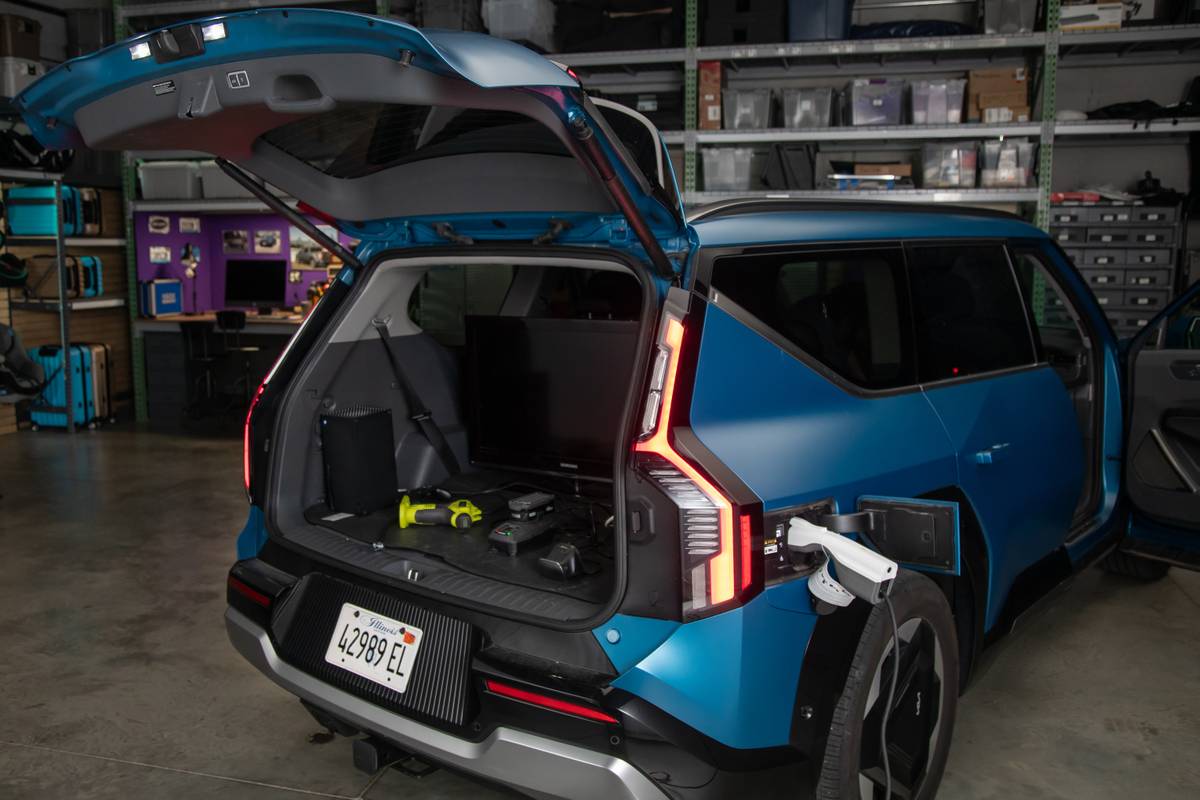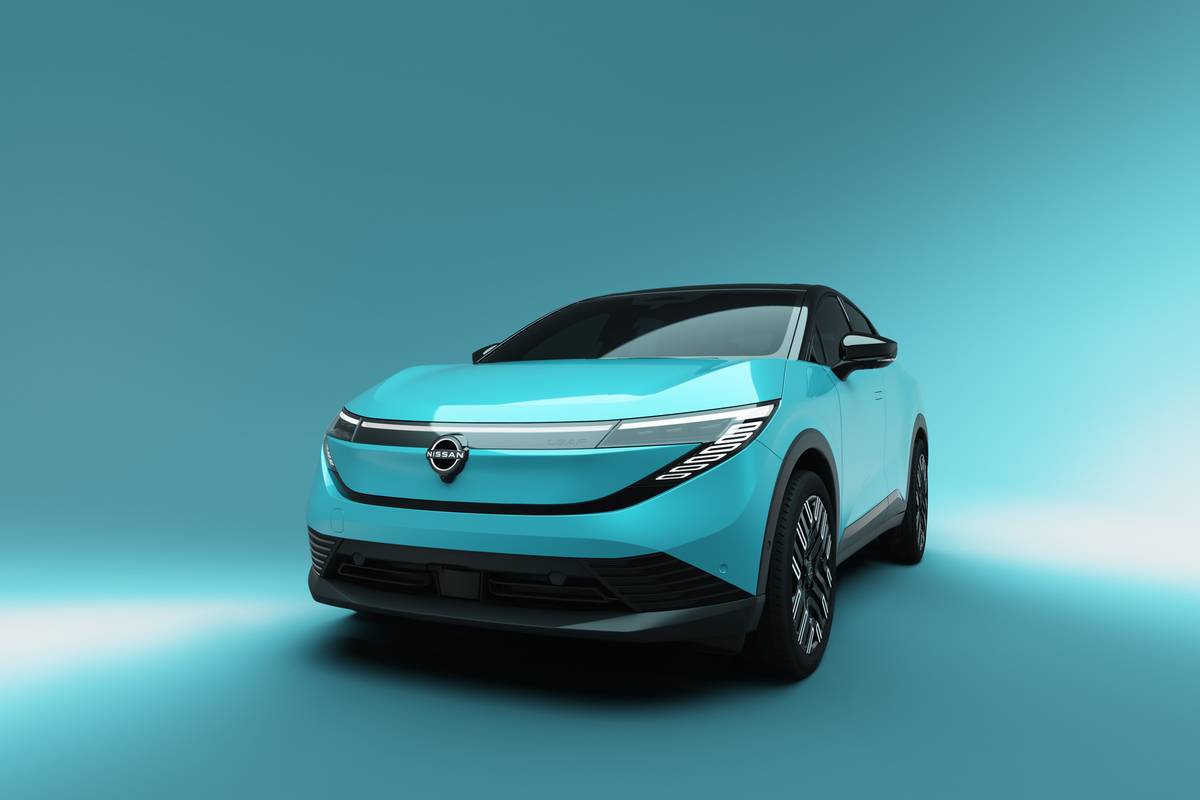chicagotribune.com's view
All dressed up and nowhere to go.
That’s an apt description of the 1996 Lincoln Mark VIII, a noble Roman when it comes to numerals, but low on the royal rung in sales. For the first seven months of the 1996 model year, Mark VIII sales totaled 8,626 units, down 20 percent from 10,782 a year earlier, which is nothing to boast about.
Two factors are affecting the VIII, and luxury-car sales in general, which at L-M are down nearly 20 percent this model year, to 79,000 units from 97,000 last year. Folks who usually follow fashion by parking a luxury car in the drive are parking an even more fashionable–and, in many cases, slightly less expensive–sport-utility vehicle there. And folks who swarmed to the so-called two-door personal luxury market in the ’70s and early ’80s are finding four-doors much more personable, as well as convenient and practical.
Some will argue a third factor: The Mark VIII we tested starts at $39,650 and, with options, you could buy a four-door ute. Consider the touring package– traction assist, auto dimming mirror, JBL sound system and trunk-mounted CD player– for $1,810; power moonroof, a whopping $1,515; and chrome wheels with high-intensity halogen headlamps, a heart-stopping $2,100.
You would have thought Lincoln-Mercury would have learned its lesson from Oldsmobile, which couldn’t give away the two-door personal luxury Toronado, but can’t build the four-door luxury Aurora replacement fast enough to meet demand.
Olds broke with Detroit’s insistence that folks are willing to spend $40,000 on cars with limited entry and exit capabilities. L-M is mired in that tradition.
Rather than playing with X’s, V’s or I’s, Lincoln-Mercury might be better off dramatically changing the Mark–resizing, repricing and redooring it to make it a vehicle people want.
What’s the most popular feature among mini-vans today? A driver’s side fourth door. And among pickup trucks? A third door to service extended cabs.
So how will Lincoln respond?
For 1997 the grille will be revised for a more rounded, less laid-back front end, headlamps will be enlarged, the hood smoothed and rounded, fenders tweaked and taillights injected with neon. Those neon taillamps are supposed to light much faster than traditional taillamps and as a result, at 45 m.p.h., the car following you will be alerted so much more quickly to your braking that it will have an estimated 70 extra feet of stopping distance to avoid kissing your deck lid.
The 1997 Continental also gets a minor face lift, with a larger grille with thinner decorative bars.
But we digress.
As for the 1996 Mark VIII LSC we tested, styling is distinctive, but it makes the car look long and low at a time when shorter and wider are more fashionable.
The 4.6-liter, 32-valve, 290-h.p., V-8 moves quickly yet quietly while obtaining a respectable 18 m.p.g. city/26 m.p.g. highway, which is more than most SUVs can ever hope to obtain. Of course, gas prices don’t bother luxury-vehicle buyers as much as gas availability, and there are ample supplies of the expensive stuff.
The LSC features a sports suspension package that gives the coupe above-average road manners. The suspension smooths the rough edges on the pavement while clinging to the concrete without lots of body lean or sway when leaving the straightaways.
Dual air bags are standard as are four-wheel anti-lock brakes and traction control. A nice touch is an “off” light that goes on when you turn off the traction control.
One very nice feature–fuel filler door and trunk lock buttons are in the driver’s door where they are easy to reach and use.
One very questionable feature if you wear full-figured duds–the VIII seat bottoms cater to the petite elite.
Don’t know how those neon taillamps will work on the red signed ’97 Mark, but the high-intensity discharge halogen headlamps on the ’96 give off a bluish glow. Ford says the lamps provide almost twice the scope of traditional lamps on the roadway and last two to three times longer than typical halogens.
Another nice feature Ford has pioneered is placement of an arrow at the fuel gauge to show what side the filler door is on, which is handy for multicar families who have to guess the side when pulling up to the pump.
Latest news



